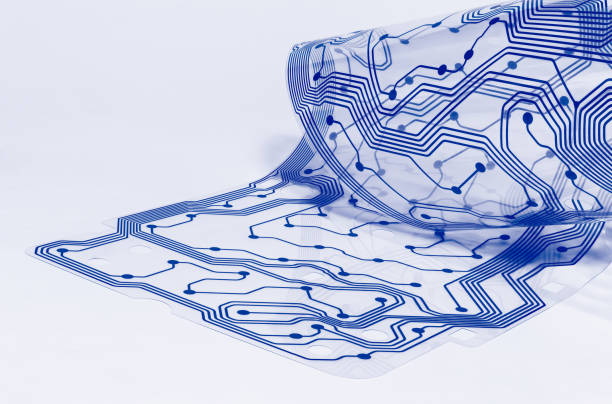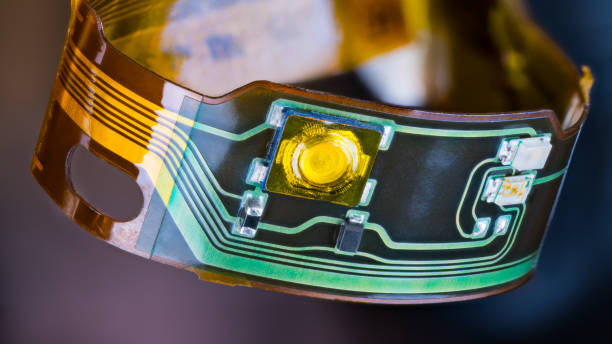Shaping the Future with Flexible Electronics: Opportunities, Challenges, and More
Flexible electronics, an emerging field that's bending the boundaries of technology, is attracting more spotlight than ever. Before we dive into the latest developments, let's understand what flexible electronics are and how far they've come. Flexible electronics, also known as flex circuits or flexibles, are electronic circuits mounted on flexible plastic substrates. The idea of flexible electronics started gaining traction in the late 1960s, and the first major breakthrough came in 1974 when the Xerox Palo Alto Research Center developed the Gyricon, a flexible electronic paper display.

In the 1980s, companies like Philips and Hewlett-Packard started exploring flexible electronics, leading to the development of flexible solar cells and displays. By the 2000s, flexible electronics had advanced to the point where they were ready for commercialization, and products like flexible displays and wearable sensors began to appear on the market.
Flexible Electronics in Today’s World
Today, flexible electronics are reshaping various industries, from healthcare to consumer electronics. For instance, in healthcare, flexible electronics enable wearable devices that can monitor health indicators like heart rate and blood pressure in real time. In the consumer electronics domain, flexible electronics are pushing the boundaries of what’s possible with devices like foldable smartphones and rollable TVs.
Recently, tech giant Apple filed a patent for a flexible battery that could power future generations of its devices, indicating the potential of flexible electronics in transforming the electronics landscape.
The Price and Market Impact
Flexible electronics are poised to disrupt multiple sectors, with the global flexible electronics market projected to reach $16.5 billion by 2026. However, the cost of these devices is likely to remain high in the near future due to the complex manufacturing process and the need for specialized materials. Despite the high price tag, the unique functionalities and design possibilities offered by flexible electronics are expected to drive their adoption.
The Road Ahead: Challenges and Opportunities
Despite the promising prospects, flexible electronics still face several hurdles. The most significant challenges include developing materials that can withstand bending and twisting, improving the durability of devices, and refining the manufacturing processes to reduce costs.
On the flip side, these challenges present opportunities for innovation. For example, the search for more resilient materials could lead to discoveries that revolutionize other areas of technology. Similarly, developing more efficient production methods could make flexible electronics more accessible, spurring their widespread adoption.
Wrapping Up
Flexible electronics are bending the rules of traditional electronics, opening up a world of possibilities from foldable smartphones to wearable health monitors. While there are hurdles to overcome, the potential of flexible electronics is enormous, and we can expect to see more innovations in this space in the coming years.
In the end, flexible electronics not only represent a significant technological advancement but also embody the spirit of innovation and creativity that drives the tech industry forward. The road to a flexible future may be challenging, but it’s undoubtedly an exciting journey that’s worth watching.





